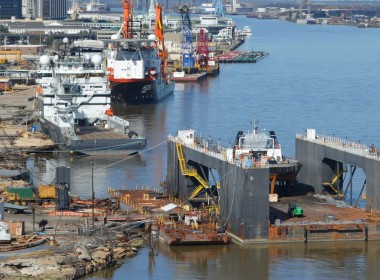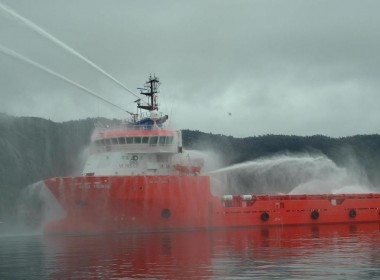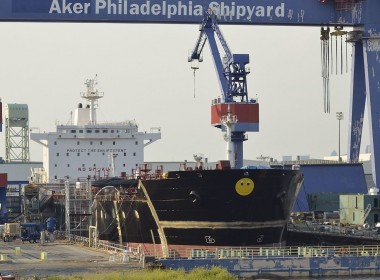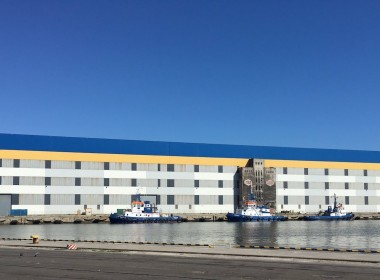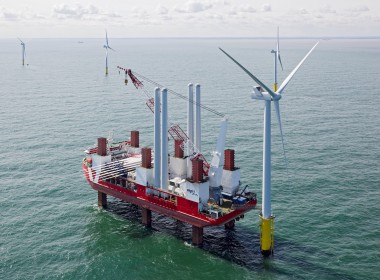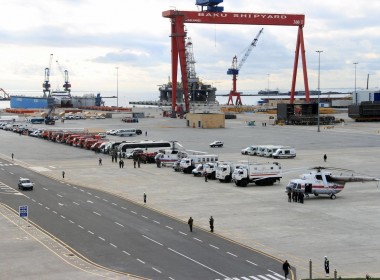FEATURE: Bui Van Cong’s Vietnam shipyard exporting to the world
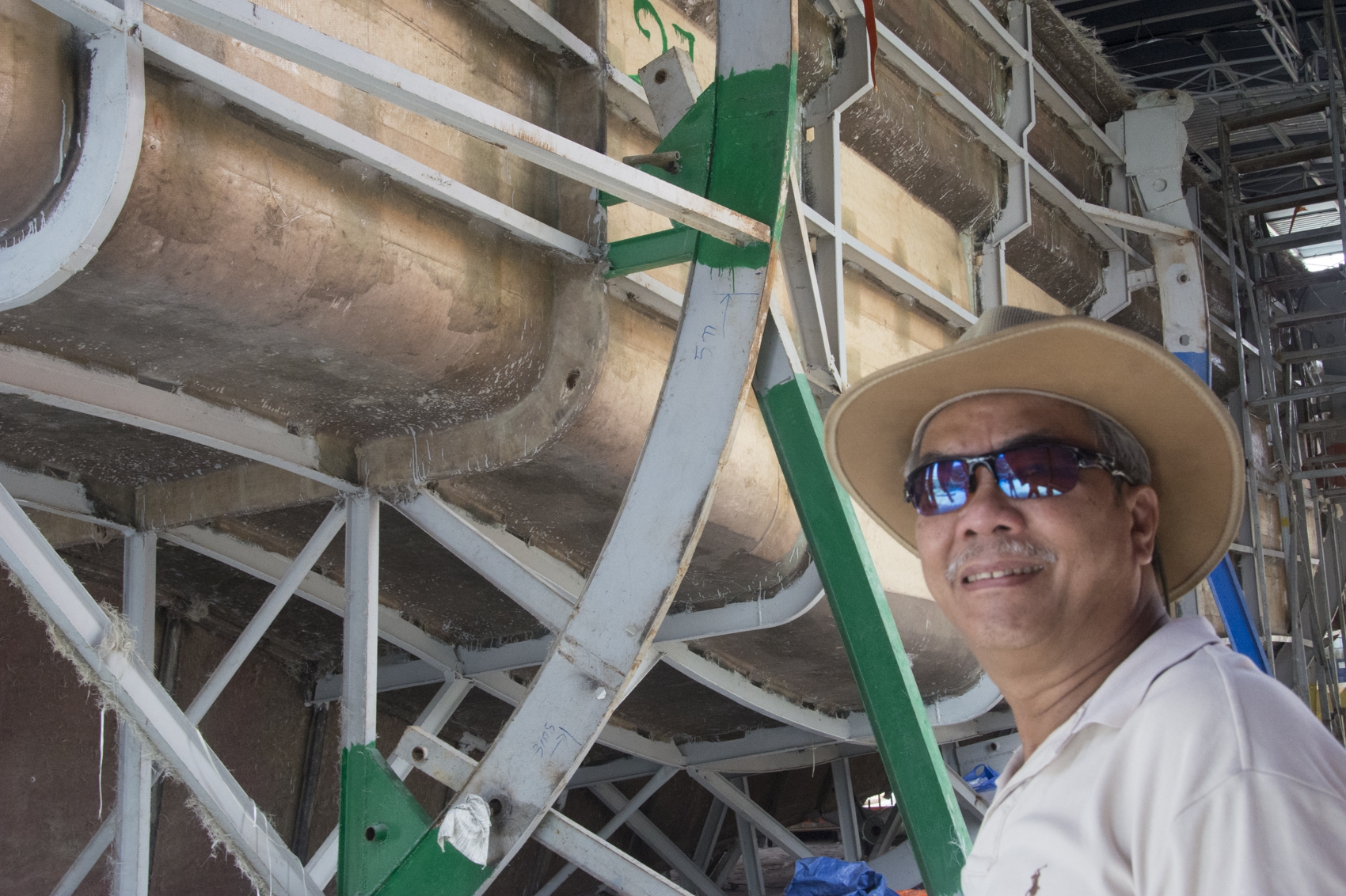
Bui Van Cong earned significant success as a commercial fisherman in Australia and later more success as a boat builder in Darwin. After ten years in Darwin, he returned to his native Vietnam where he has now spent over 20 years building boats.
In that time, he has built an international business with a reputation for diversity and quality. Primarily building in composite (fibreglass) he also maintains a steady production of aluminium vessels. “I have 24 aluminium welders and 270 fibreglass workers among a total staff of over 370 people,” he explained.
Fibreglass products range from rigid hulled inflatables for Holland, nine-metre gondolas, of which he delivers about 30 per year to Venice, catamaran and monohull ferries for Vietnam and various countries, patrol vessels for a range of countries, as well as pleasure boats with both sail and engine power. His order book reads like a world atlas.
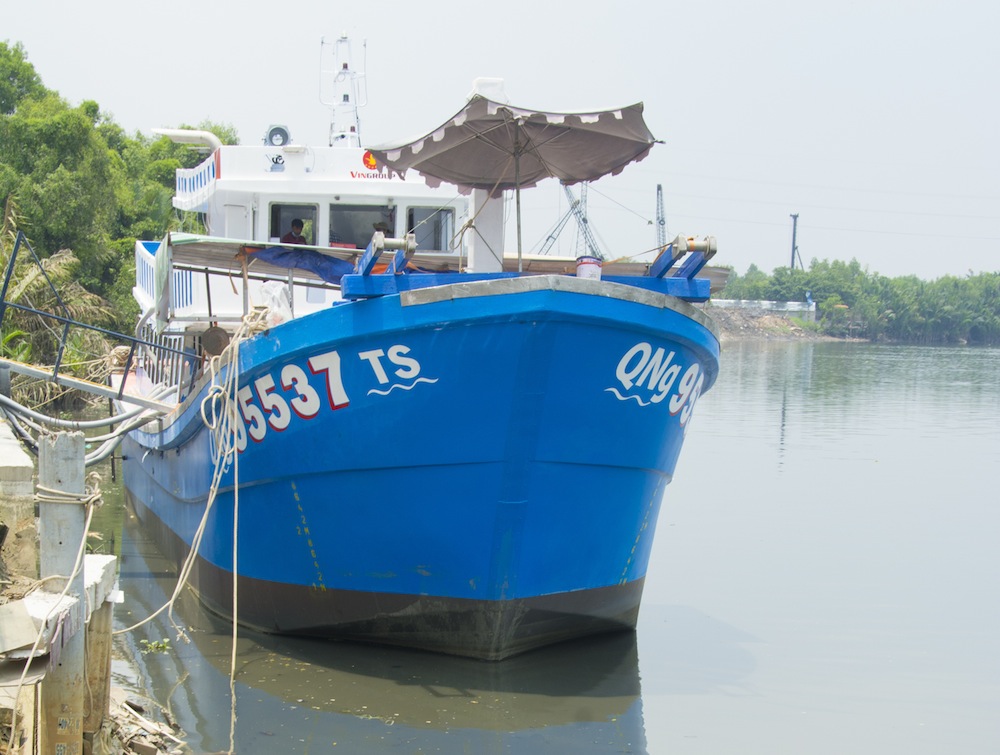
Several years ago, when the Vietnamese government announced a project to encourage the expansion of the nation’s fishing fleet, he put his experience as a fisherman to work to assist with the design of a practical series of vessels. Since that time, his 24- and 27-metre fibreglass fishing boats have earned a faithful and growing following.
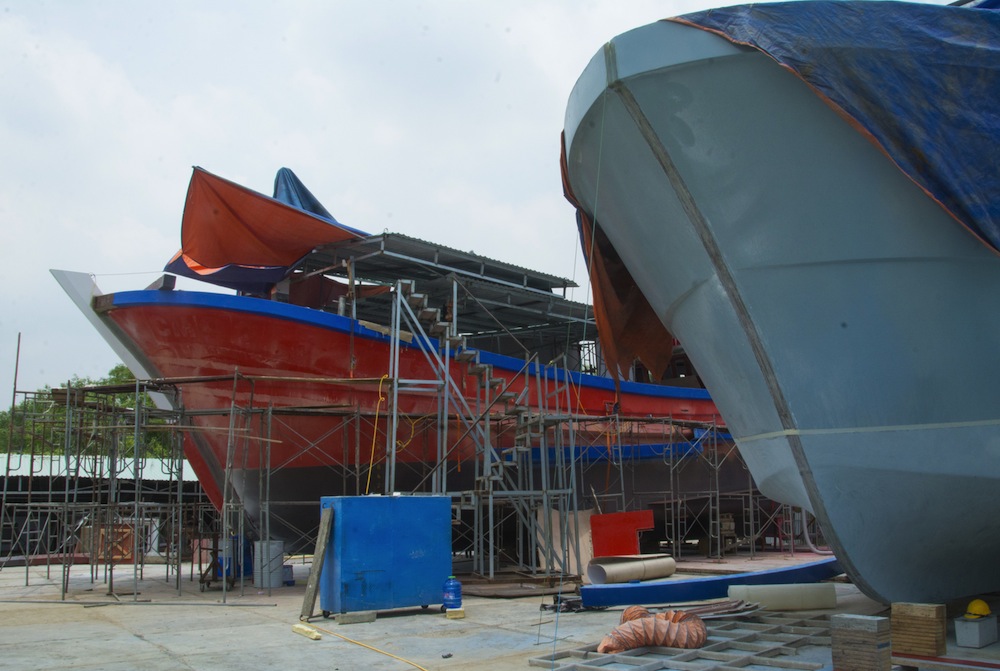
Applying modern methods of composite building, he has constructed two split hull type molds that allow easy access for workers in laying up the hulls before they are mated. Continuing with an assembly line process he often has six vessels in process on land. The superstructure is lifted on as the final step before launching and fitting out the boat alongside.
While layouts can be modified for different fisheries, a typical 27- by 6.8-metre gillnet boat has storage for the 40 tonnes of nets right forward. Aft of that are four insulated fish holds for 16 tonnes of iced fish. Some vessels have chiller boxes on deck to cool the warm-water catch before icing. These are located on deck at the front of the house.
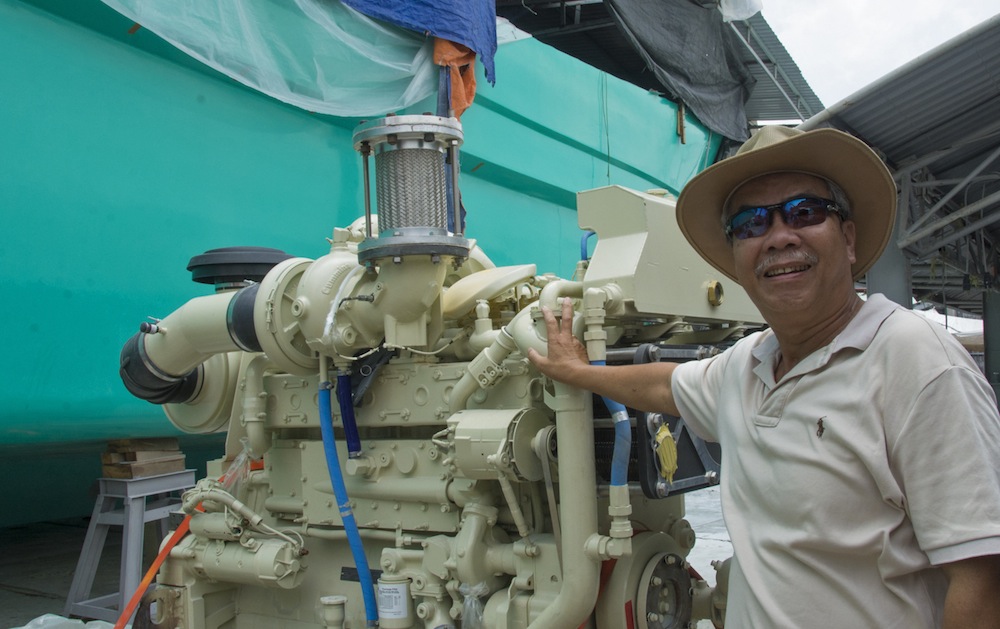
The engine room is located aft, under the main deck house. Power for this size boat is typically a single Cummins KTA38-M diesel rated for 630kW at 1,800rpm. The engine turns a four-metre shaft with a 1.8-metre diameter prop through a gearbox with 5.5:1 reduction.
A fishing trip for these boats is about 23 days between two full moons. A gillnet boat will have ten crew while a purse seine will have 12 to 14 crew. The boats have capacities for six tonnes of fuel, ten tonnes of water and 20 tonnes of block ice.
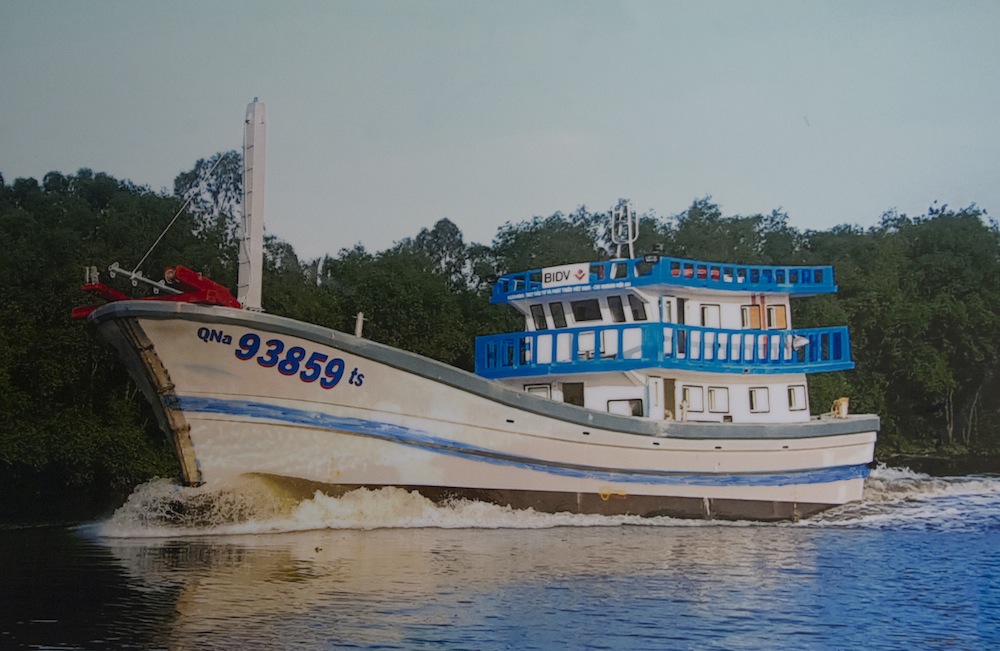
The boats are built with a full chine to allow them to dry up on the beach at low tide. The composite is about one-inch thick at the chine. The shipyard is also producing a 24- by 6.5-metre model that is powered by a 600kW Cummins QSK19-M. In anticipation of future demand, Bui Van Cong has a mould for a smaller fishing hull under development.


